Trending Now
Tuesday, Sep, 2024
Home / Indian Scientists Developed New brain-like Computing Technology, DST states invention holds biz potential
Indian Scientists Developed New brain-like Computing Technology, DST states invention holds biz potential
The institute said this invention has the ability to deliver a new material for long-lasting, compatible optoelectronic synaptic (CMOS) functionalities at a relatively lower energy cost and hence can be translated into an industrial product.
 by Pragti Sharma /
by Pragti Sharma /  14 Feb 2023 15:52 PM IST /
14 Feb 2023 15:52 PM IST /  0 Comment(s) / 442
0 Comment(s) / 442
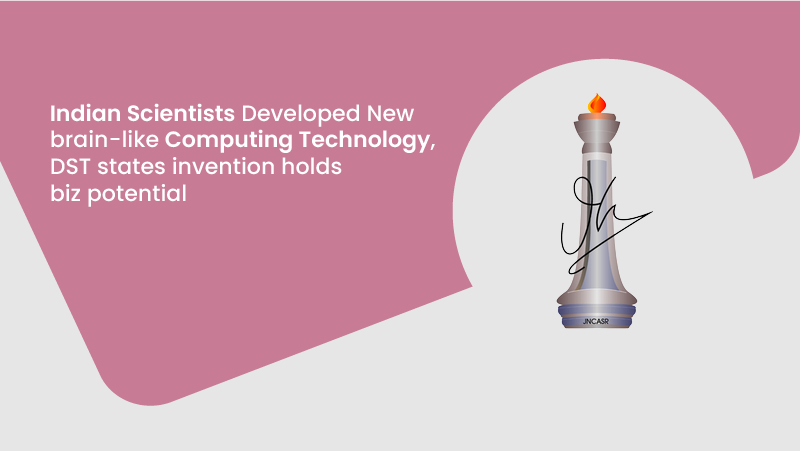
A team of scientists from Jawaharlal Nehru Centre for Advanced Scientific Research (JNCASR), Bengaluru, invented a low-energy-consuming, high-speed tech brain-like computing capability. In order to develop this, they used scandium nitride (ScN), a semiconducting material with supreme stability, to grow brain-like computing.
Jawaharlal Nehru Centre for Advanced Scientific Research is an autonomous institute of the Department of Science and Technology (DST). The institute said this invention has the ability to deliver a new material for long-lasting, compatible optoelectronic synaptic (CMOS) functionalities at a relatively lower energy cost and hence can be translated into an industrial product.
CMOS compatibility or complementary metal-oxide-semiconductor (CMOS) compatibility signifies something compatible with CMOS. And CMOS means semiconductor technology used in integrated circuits (ICs), also known as chips/microchips.
Saying that traditional computers have physically disconnected memory storage and processing units, which means it takes immense energy and time to share data between these units during an operation, the department of science and technology said on the contrary, the human brain is a leading biological computer that is smaller and more efficient due to the existence of a synapse (the relationship between two neurons) that plays the position of both processor and memory storage unit.
In the generation of artificial intelligence (AI), the brain-like computing system can help fulfill the escalating computational demands, DST said, counting that the development of neuromorphic hardware aims at mimicking a biological synapse that monitors and recollects the signal induced by the stimuli.
While scientists have been attempting to build an artificial synaptic device that does not suffer from RC delays (delay in signal speed via the circuit wiring), displays large bandwidth, consumes low energy, and is durable, scalable, and CMOS-compatible, the JNCASR team, which was operating on nitride-based materials has utilized this background to develop and build hardware for neuromorphic computing.
The team used ScN to develop a device simulating a synapse that possesses the signal transmission and remembers the signal. This work by Dheemahi Rao and team exhibits an artificial optoelectronic synapse with ScN thin delicate films that can mimic synaptic functionalities such as long-term memory, short-term memory, frequency selective optical filtering, the shift from short-term to long-term memory, Hebbian learning, learning–forgetting, frequency-dependent potentiation and depression, and logic-gate operations.
DST added that both excitatory (boost in current or synaptic strength) & inhibitory (drop in current or synaptic strength) operations can be attained with varying magnesium (Mg) dopant concentrations in the same material but is not readily possible with other materials.
Compared to the current materials utilized to exhibit optoelectronic synapse, ScN is more long-lasting, CMOS compatible, and can be seamlessly combined with Si technology. It can perform as a platform for both excitatory and inhibitory operations.
The industrial processing methods of ScN are parallel to the existing semiconductor fabrication infrastructure, and response to the optical stimuli also has the benefit of possible integration with photonic circuits known for increased speed and broader bandwidth than electronic circuits.

EShort / February 16, 2024
IMS Noida Admissions 2024: Apply for UG, PG programmes

EShort / February 16, 2024
GATE 2024: Response sheet out

EShort / February 16, 2024
BSSTET 2023: Admit card released

EShort / February 16, 2024
NID DAT 2024: Prelims result released

EShort / February 16, 2024
IIT JAM 2024: Response sheet released

Jobs / February 16, 2024
UPSC Recruitment Drive 2024: Apply for 120 vacancies in various departments

EShort / February 14, 2024
UPSC CSE 2024: Official Notification issued; application process begins

Editor's Desk / April 17, 2020
How Does Society Impact Our Education?

Current Affairs / April 22, 2020
Mr. Sudarsanam Babu appointed to U.S. Science Board.

Reforms / April 17, 2020
Traditional Structure of Education In India
.jpg)
Events & Seminars / April 17, 2020
PISA!!

Blog / February 26, 2021
Government's Action On #ModiRojgaarDo

EShort / May 19, 2022
CUET PG 2025 has started the registration process.

Notice Board on Important Dates / April 21, 2020
World Heritage Day

News / July 08, 2021
JEE Mains Registration For Session 3: Last Date To Apply

EShort / December 14, 2021
UPSC Declared Final Result For DCIO Recruitment



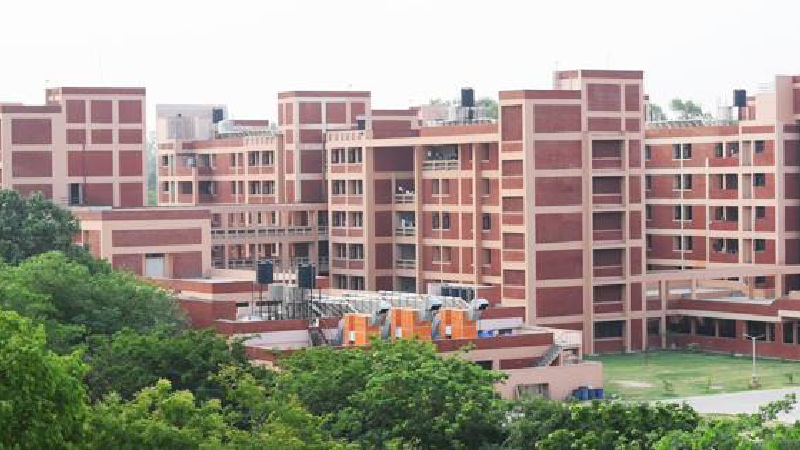






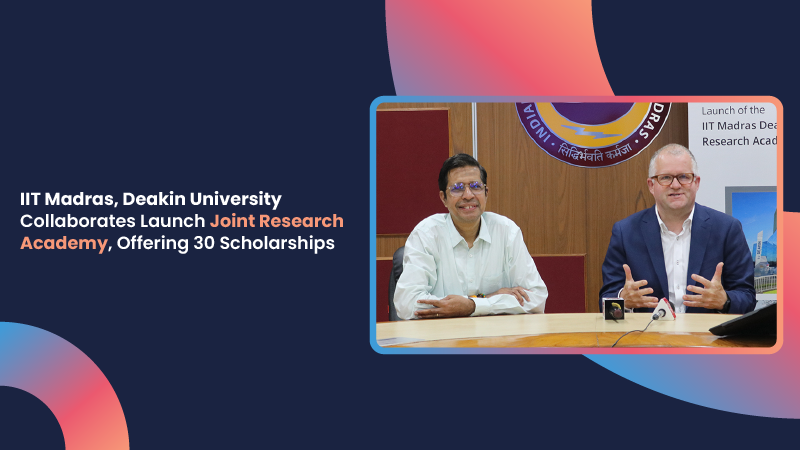
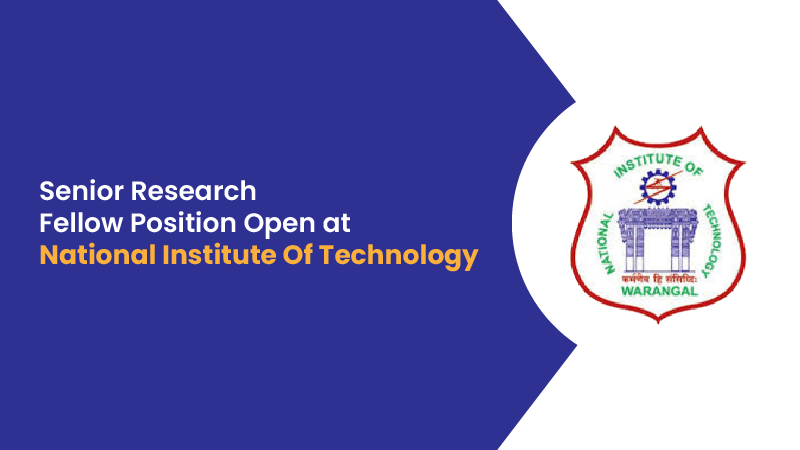




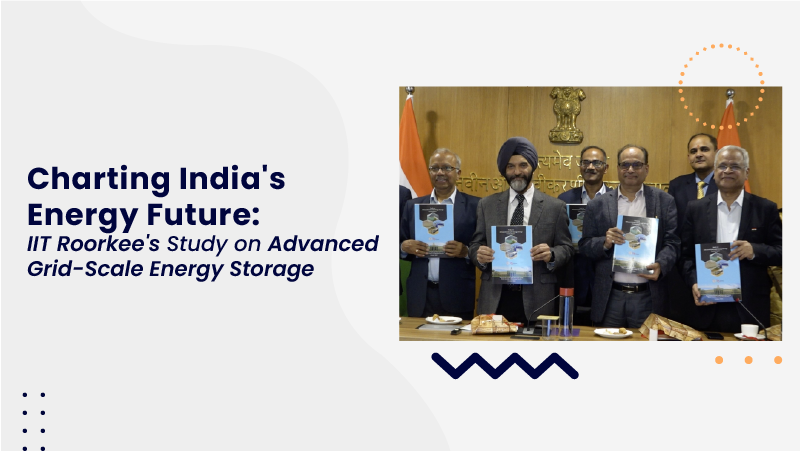




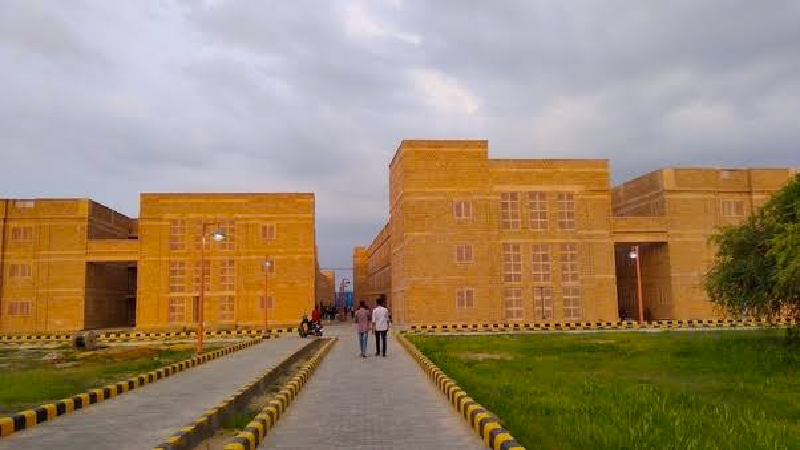


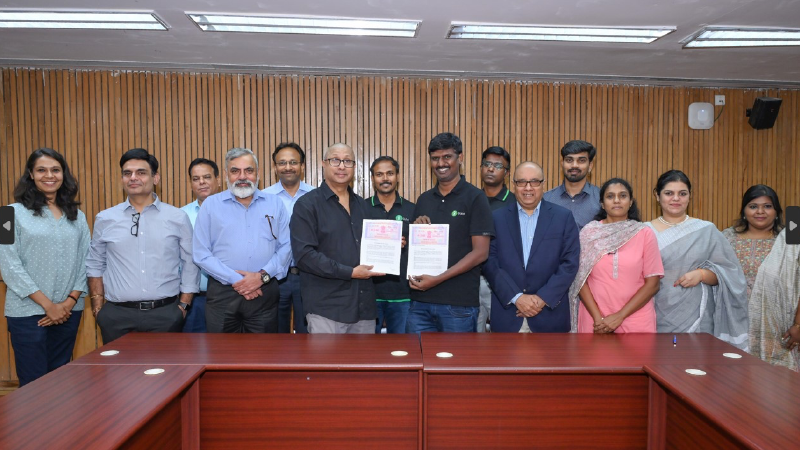
0 Comments
Post Comments